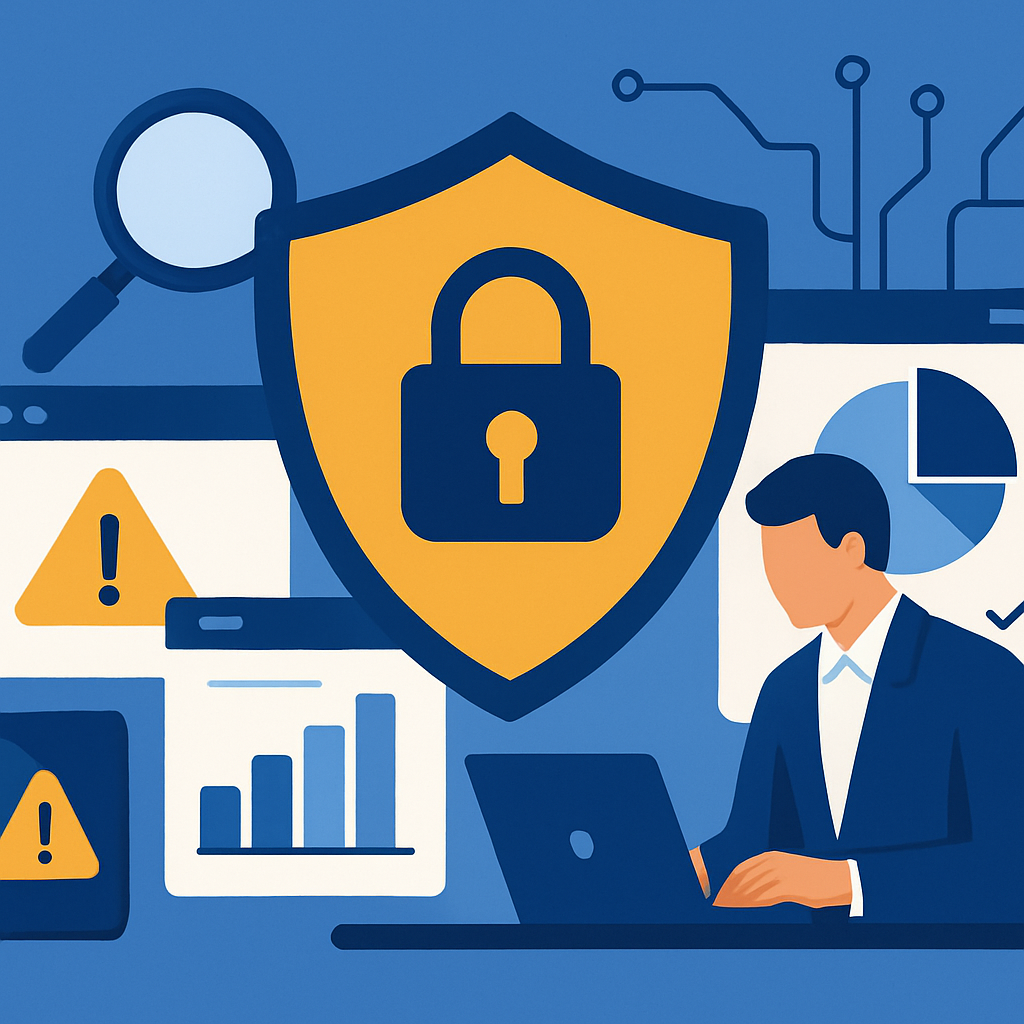
Cybersecurity Threat Mitigation: A Strategic Imperative for Modern Enterprises
Cybersecurity has evolved from a technical challenge to a boardroom priority. With the rise of sophisticated cyberattacks, ransomware campaigns, and state-sponsored threats, organizations must move beyond reactive measures to a proactive threat mitigation strategy. For C-level executives and IT decision-makers, understanding the intersection of technology, governance, and business risk is crucial to protecting both data and reputation.
The Business Impact of Cybersecurity Risks
Cyber incidents can lead to significant financial, operational, and reputational damage. According to recent industry reports, the average cost of a data breach continues to climb, often reaching millions of dollars. Beyond direct costs, breaches disrupt operations, erode customer trust, and can lead to regulatory penalties—especially in sectors like Financial Services and Healthcare Solutions, where data sensitivity is paramount.
Core Principles of Threat Mitigation
Effective cybersecurity threat mitigation requires a multi-layered approach that integrates technology, processes, and people. Key principles include:
- Risk Assessment: Identifying vulnerabilities and assessing potential impacts using tools like our IT Security Maturity Scorecard.
- Defense in Depth: Implementing multiple layers of security controls to protect against various attack vectors.
- Incident Response Planning: Establishing protocols for rapid detection, containment, and recovery from security incidents.
- Continuous Monitoring: Using AI-powered analytics to detect anomalies in real time.
Leveraging AI for Proactive Security
Artificial Intelligence (AI) is transforming cybersecurity by enabling predictive threat detection and automated response mechanisms. AI solutions can process massive datasets to identify patterns that would be missed by human analysts. Our AI Solutions and AI Implementation services help enterprises deploy advanced machine learning models to detect threats before they cause harm.
AI-driven threat mitigation includes:
- Automated malware detection and classification
- Behavioral analytics to identify insider threats
- Real-time phishing detection and prevention
Governance and Compliance
Cybersecurity is not solely a technical function—it’s also a governance challenge. Executives must ensure their organizations adhere to compliance standards such as GDPR, HIPAA, and PCI-DSS, while also implementing robust internal policies. Our AI Governance offerings ensure that AI-driven security systems align with ethical standards and regulatory requirements, reducing both legal and operational risks.
Integrating Security into Digital Transformation
Security must be embedded into every stage of the digital transformation journey. Whether migrating to the cloud, deploying modern workplace solutions, or implementing advanced analytics, cybersecurity considerations should guide architectural decisions. Our Digital Transformation services incorporate security-by-design principles, ensuring resilient and compliant technology ecosystems.
Actionable Steps for Executives
- Evaluate Current Security Posture: Use a structured framework like the IT Security Maturity Scorecard to identify gaps.
- Invest in AI-driven Threat Detection: Deploy machine learning models for proactive monitoring.
- Establish Incident Response Teams: Ensure cross-functional collaboration during security events.
- Conduct Regular Security Training: Empower employees to recognize and respond to threats.
- Adopt Zero Trust Architecture: Limit access to resources based on continuous verification.
Conclusion
Cybersecurity threat mitigation is a strategic imperative that demands executive attention, technological investment, and a culture of vigilance. Organizations that proactively integrate security into their operations will not only reduce risk but also gain a competitive advantage in the digital economy. Partnering with a trusted technology consulting firm can help enterprises implement advanced security frameworks and AI-driven solutions, ensuring long-term resilience.
To learn more about how advanced AI and governance can bolster your cybersecurity strategy, explore our Security Services and AI Solutions.


